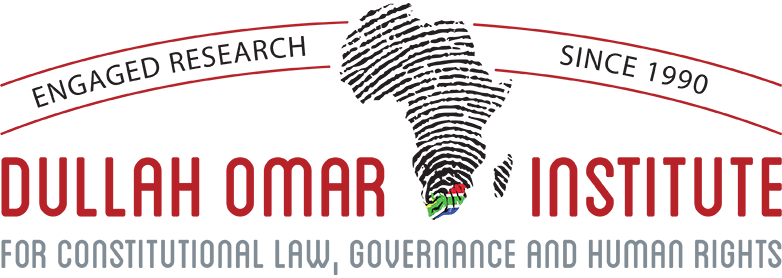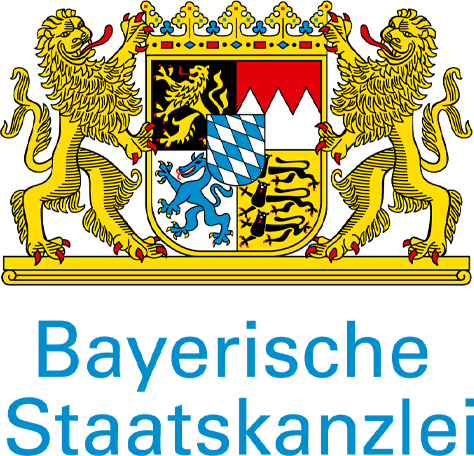Coalition governments: Guidelines for coalition agreements
The number of hung councils may increase if the local elections are more competitive than the 2016 local elections which resulted in 26 hung councils, though this may be unlikely in the current political climate. The COVID-19 pandemic required political parties to observe the COVID-19 restrictions on public gatherings which, in turn, affected their ability to campaign as usual ahead of the local elections
Generally, after concluding negotiations, the parties cement their pledges in a coalition agreement. To recall from the previous article, after the elections, the parties have 14 days before the first council sitting hence they have to conclude their negotiations within 13 days. It is suggested that the 13-day timeframe is insufficient for the parties to negotiate effectively and it will result in a rushed coalition agreement. A coalition agreement will lack the persuasive value that it requires to steer coalition politics in the right direction unless it is preceded by an effective negotiation process. The negotiation process must be used to construct a coalition government that can withstand conflict and governs together despite political differences for the greater good: the communities served by the coalition. However, the 13-day timeframe may constrain the parties from negotiating effectively.
Political parties all share a common goal that they are yet to realise after the elections had taken place: to win an outright majority in the municipality where they contest the elections. Besides, coalition governments in South Africa’s local politics are mostly unstable hence the idea of commencing with coalition talks before the elections may be overlooked by most parties. Beyond this expectation, however, is another expectation that outright majorities may not be secured across all municipalities and hung councils may thus recur after the elections. It would therefore be wise if parties use the last few months ahead of the elections to prepare for what happens in the case of a hung council because they will not have much time to negotiate after the elections. This article serves as a wake-up call to parties to commence with coalition talks and offers guidance on the coalition agreement that parties have to enter after concluding their negotiations. The coalition agreement is a political agreement that defines the nature of the coalition government.
What is a coalition agreement?
A coalition agreement is a contract-like political agreement that binds the coalition parties to the full range of concessions made in the negotiations. The coalition agreement thus serves as a point of reference for the bargains struck in the negotiation. To effectively constrain parties from drifting from the agreed coalition terms, the coalition agreement also covers the procedural rules for decision-making in the coalition, prescribes rules for coalition behaviour, provides for the coalition programme, and reflects the composition of the coalition as well as the scope and functions of the various members in the coalition. These mechanisms become the levers that will pull parties to act according to the aims of the coalition. However, coalition agreements are not self-enforcing and it is ultimately up to the coalition parties to decide whether to abide by or depart from the coalition agreement.
The legal status of coalition agreements
Coalition agreements are not legally enforceable through a court of law and parties in the coalition government adhere to the coalition agreement as long as they consider it in their interests to do so. Put differently, a key to understanding how much of a coalition agreement is implemented is to determine whether or not the coalition partners will profit from adhering to the agreement. This reinforces the need to bargain effectively to ensure that incentives exist for coalition partners to act in accordance with the coalition agreement. However, this does not mean that the coalition agreement is not binding on the political parties but only that the courts are not the proper judge of coalition agreements. Instead, the public and other political parties must hold parties accountable for their performance against the coalition agreement.
Coalition agreements must be made public
Coalition governments are often criticised for blurring the lines of accountability because citizens and other political parties may not know the roles and functions of the coalition parties. Political parties and citizens may find it difficult to hold any of the coalition parties accountable if they do not know how the coalition is structured. To enable the public and other political parties to judge the performance of the political parties in coalition governments, coalition agreements must be made public. Permitting the public to have knowledge of what is happening in a coalition government constitutes an integral part of local government which is based on the constitutional object of local government to encourage the involvement of communities in matters of local government. There is no reason to assume that coalition agreements fall outside these parameters of local government because the content of the coalition agreement is directly related to governance in local government.
Public coalition agreements may encourage parties to bargain fairly
Apart from enabling the public to participate in coalition politics, the publication of the coalition government has the benefit of lifting the veil of secrecy surrounding the coalition negotiations. The public nature of the coalition agreement may also encourage political parties to observe rules such as proportionality, accountability and integrity insofar as the allocation of portfolios, political offices and functions contemplated by the coalition agreement is concerned. This may, in turn, increase the public’s confidence in the coalition thus making it more legitimate. In contrast, if coalition agreements are not disclosed there is no way to know whether the agreement respects public law norms (norms of accountability, due process, rationality and the rule of law) and the public cannot judge properly what is concealed.
Which aspects of the coalition agreement should be public?
A coalition agreement may also contain sensitive issues which, if made public, may constitute a risk for harming some essential public interest. Therefore, in certain cases the non-disclosure of sensitive information may be justified which implies that coalition parties do not have to publicise the entire coalition agreement. In Shalit v Simon Peres, a judgment delivered by the High Court of Israel, a country with a long history of coalition politics, the court stated that those parts outlined in the coalition agreement that deal with the functions of the legislative and executive authorities, policy priorities of the government and the structure of the coalition ought to be published. A similar approach is suggested for the South African context. Failure to disclose these particular aspects can constrain the public from participating in coalition politics beyond the elections.
When should the coalition agreement be published?
Coalition agreements are generally published when the coalition agreement is formally announced. Political parties have discretion with regard to the timing of the publication but as a rule of thumb, coalition agreements must be published no later than the date of the council’s first sitting.
Conclusion
The law is silent on what should happen in the event that a council is hung. The previous article in this series of articles on coalitions, argued that political parties will be required to enter negotiations to establish a coalition agreement. The negotiation process generally culminates in a coalition agreement which reflects the concessions and internal processes of the coalition government. The law does not provide any guidelines regarding the status of coalition agreements. This article provides some guidelines on the conditions that should apply to coalition agreements and makes the following recommendations:
- for the coalition agreement to have any force, parties cannot overlook the negotiation process which must be used to devise incentives for cooperation;
- coalition agreements are not enforceable in court, but the public and political parties are the proper judges to hold coalition parties accountable for their performance against the coalition agreement.
- to enable the public and political parties to hold them accountable, coalition agreements must be made public;
- sensitive issues may be confidential and require non-disclosure;
- matters that cover issues such as the functions of the legislative and executive authorities, policy priorities of the government and the structure of the coalition must be made public; and
- coalition agreements should be published before the council has its first sitting.
by Jennica Beukes, Doctoral Researcher






